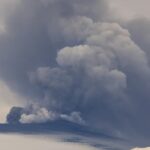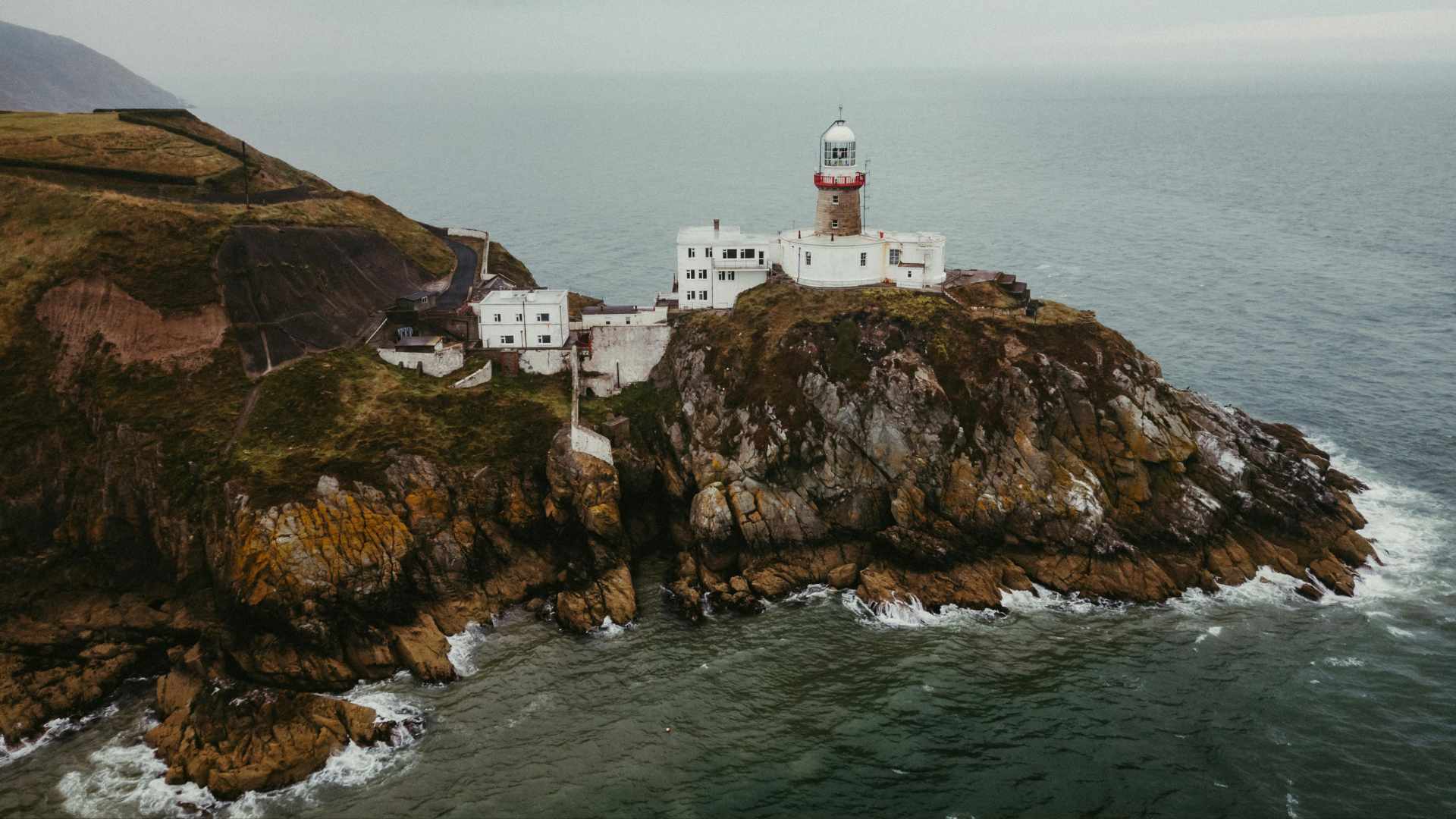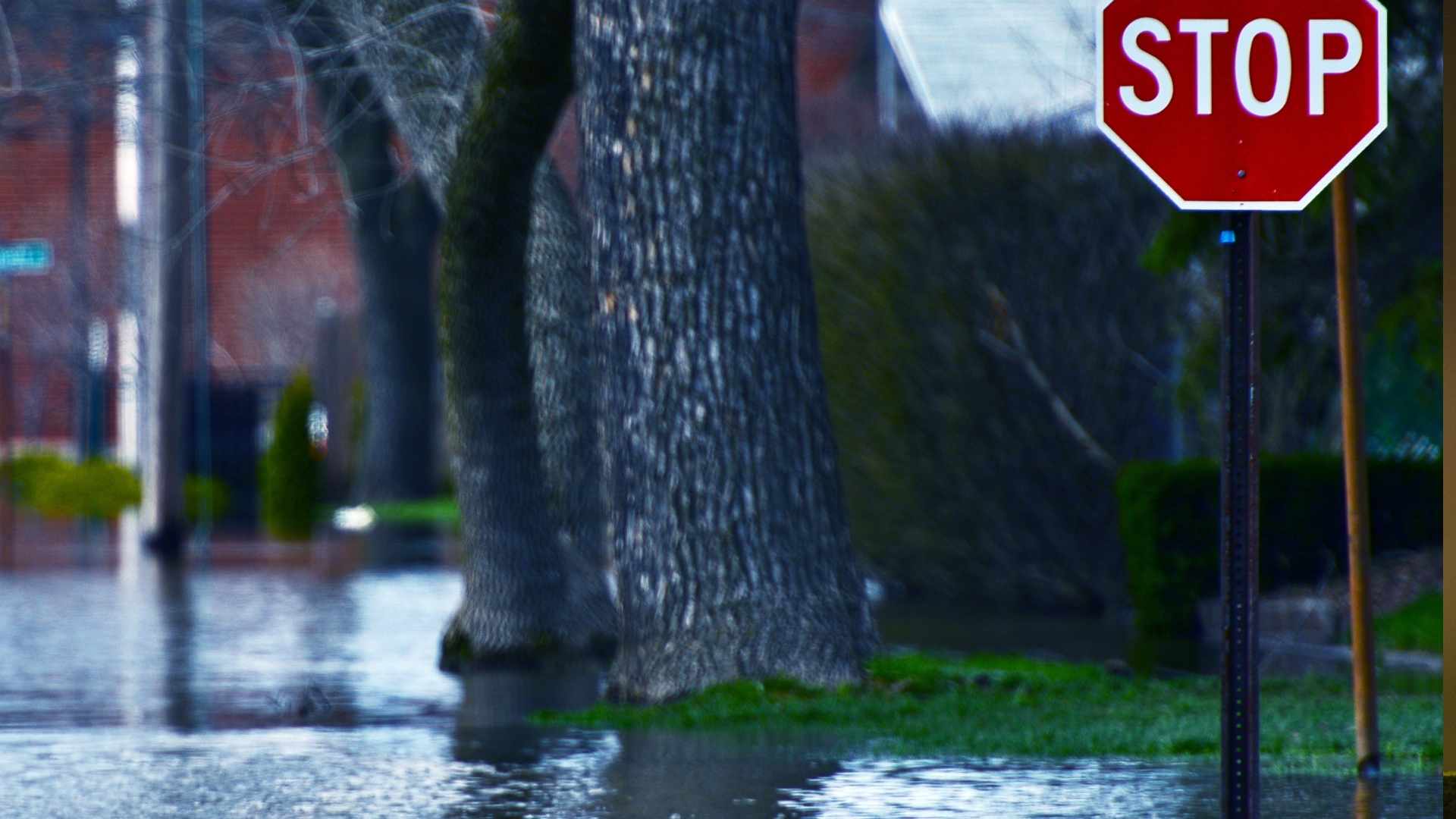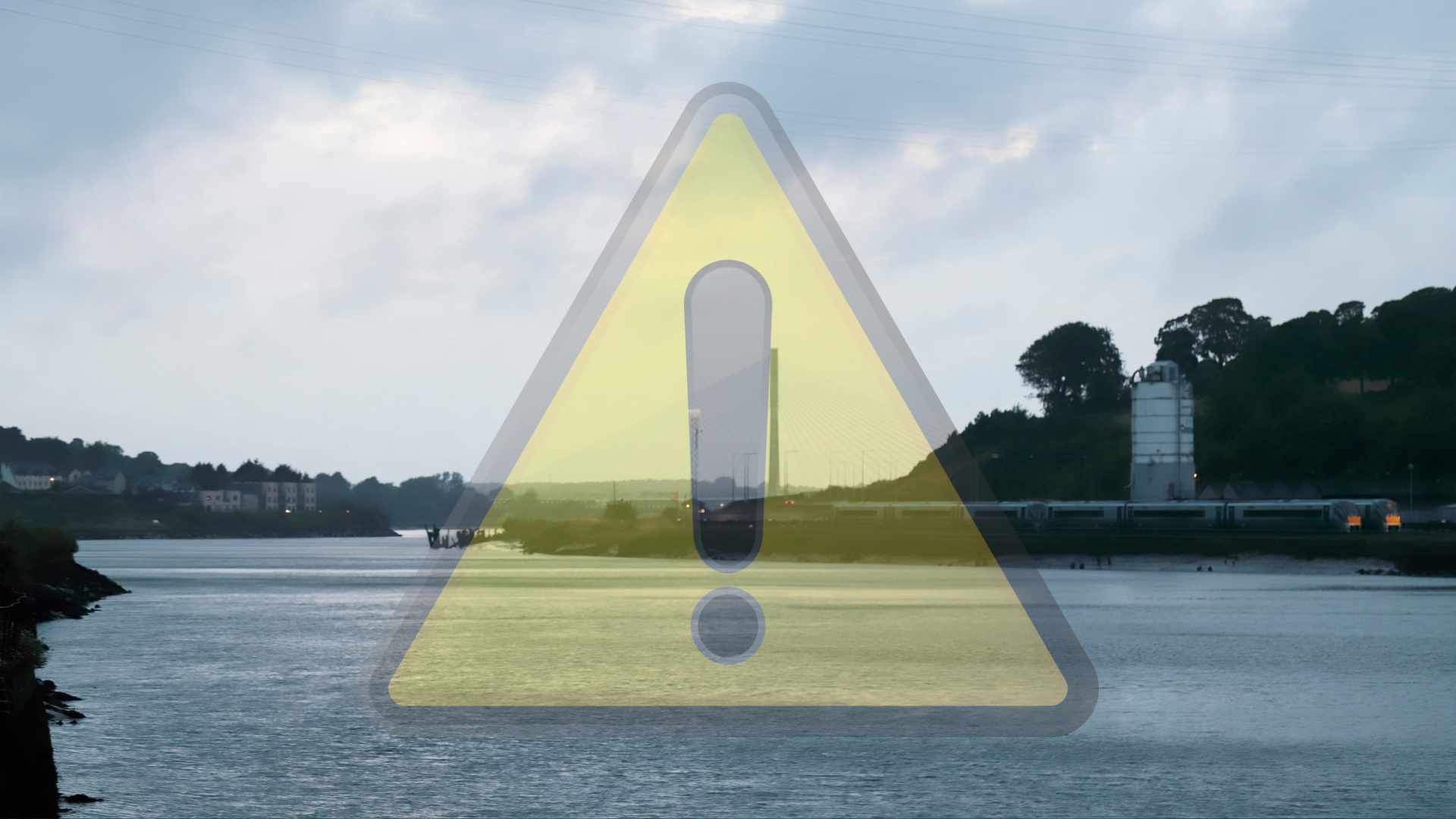
The Wind That Shapes The Movies
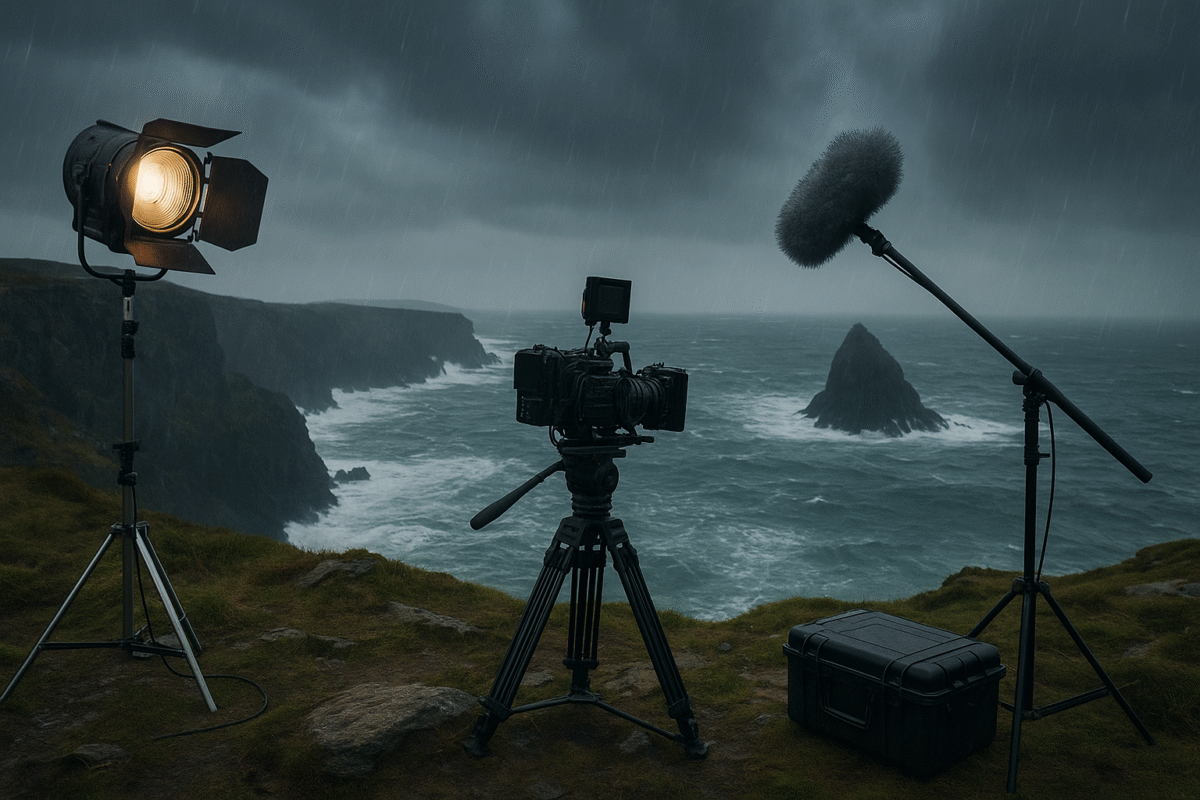
Ireland’s ever changing weather has played an important role in films set in the country. Rain, mist, and wind have helped shape the mood of Irish movie productions over the years.
Angela’s Ashes (1999) shows the constant rain of Limerick, reflecting the city’s typical weather and highlighting the struggles of the McCourt family. Grey skies and wet streets reinforce the film’s bleak tone.
In Michael Collins (1996), heavy rain is used in a key scene when Harry Boland’s body, played by Aidan Quinn, is recovered by his friend and Civil War rival Michael Collins, played by Liam Neeson.
Black 47 (2018), set during the Great Famine, shows bleak, muted weather to match the hardship of the period. Rain, wind, muddy ground, and sparse landscapes underline the difficulty of life during the famine.
The Wind That Shakes the Barley (2006), set during the Irish War of Independence, used Ireland’s changeable weather to show the difficulty of life at the time. Rain, wind, fog, and overcast skies were central to the film’s look. Director Ken Loach and cinematographer Barry Ackroyd relied on natural conditions to tell the story.
Earlier films also used weather for effect. Far and Away (1992), starring Tom Cruise and Nicole Kidman, shows rain and mist in the Irish countryside to reflect harsh living conditions, before moving to brighter, sunnier scenes in America.
Darby O’Gill and the Little People (1959) is a classic example of Irish weather and atmosphere shaping a film’s mood. The movie is full of misty hills, rolling clouds, and rain-slicked landscapes, but it is the climactic scene, where Darby is whisked away on a stagecoach by the Banshee amid stormy conditions, that is most vividly remembered.
Similarly, in The Quiet Man (1952), the famous “kiss in the wind” scene uses the West of Ireland’s gusting winds and dramatic skies to heighten the romance.
Even earlier, Man of Aran (1934) relied on Ireland’s rugged, storm-lashed landscapes to tell its story. The black-and-white documentary-drama captures the harsh realities of life on the Aran Islands, where relentless wind, crashing waves, and driving rain are not just backdrop but central to the narrative.
Other films, including The Field (1990), used grey skies, strong winds, sudden showers, and the rough Atlantic coastline to add drama. The Irish climate, particularly in Kerry, is best depicted in the final scene.
Recent films such as Brooklyn (2015) and The Banshees of Inisherin (2022) continue the trend. Autumn light, mist, and rain are used to make scenes feel authentic to Ireland.
Even animated films document the ever-changing nature of Ireland;s climate. Wind and rain dominate throughout The Secret of Kells (2009), starring Brendan Gleeson.
International productions, including Star Wars: The Last Jedi, filmed on Skellig Michael, relied on wind and stormy conditions to give a natural sense of isolation.
Across decades, Irish weather has not just been a backdrop for films but an important part of storytelling. Our weather has also created difficulties on film sets. Most famously, the persistent and unpredictable weather of The Dingle Peninsula in Kerry created significant difficulties for the filming of the movie Ryan’s Daughter, including director David Lean waiting for nearly a year to, ironically, film a crucial storm sequence.



